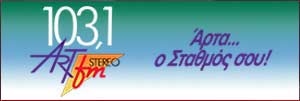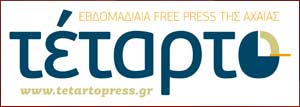The present Interactive book expands on the evolution of Taekwondo as an Olympic sport, revealing the hidden parts of a competition, supporting everyday training in theory and describing every technique used with combinations in detail (Kinesiology, Kicks, Punches – 477 techniques). Emphasis is paid on categorizing kicks and kinesiology and organizing techniques into homogenous categories with the purpose of making their learning and use easier and in the right way. The book contains EVERY (Kinesiology and Kicking) technique, without exceptions, that has been used in Taekwondo – WTF competitions throughout the years. The change in sparring regulations substantially affects the use of techniques (some techniques are being favored more often, some are being marginalized, etc). The reader has an opportunity to find and choose those techniques and combinations that suit him/her better. Each technique is broken down in variations of attacks and counterattacks. The basic form of the technique is described first, followed by combinations with other techniques and variations, according to level of difficulty (easy to difficult). The order in which the techniques have been assembled facilitates faster learning, enabling the reader to memorize them in a sequence and use them later on in sparring automatically, from memory alone. Technical execution and tactic used in competitions are described in every move, taking into account other parameters such as flexibility, injuries, analysis of advantages and disadvantages of every movement, common mistakes committed by trainees, and the negative consequences of mistakes. The book consists of 402 pages and contains 24 Chapters. The Theory part includes: Analysis of competition Taekwondo, Brain function in competition, Injuries (causes, prevention, treatment), Improving Performance, Teaching & Methodology, Technical components of kicking, Evolution of competition and training as a result of the electronic scoring system. Practice Part A is an analysis of Kinesiology: Fighting stances & blocking, Steps (attack & counterattack, changes of stance), Feints, Sideways movement, Clinching. Practice Part B is an analysis of Kicks: Mirro chagi, Yop chagi, Bituro chagi, Paltung chagi, Dollyo chagi, Naerio chagi, An chagi, Bakat chagi, Dwit chagi, Huryeo chagi, Bandal Dollyo chagi, Double kicking techniques, Triple kicking techniques, and Punching. The book has been enriched with 231 Images, 44 tables and 64 quotes that are most relevant to the context. The purposes of these adages are for the reader to become acquainted with the high intellect of wise individuals and be exposed through their wisdom to a positive stimulus for inner culture, a sparkle for thinking to improve, enlightened, and of better quality. Every technique is presented online and realistically in videos, in the same order and number as described in the book.
Access to videos is gained through the unique codes at: www.kostasbeis-tkd.gr
 Το Κοινωνικό Δίκτυο για τον Αναγνώστη και τα Βιβλία του
Το Κοινωνικό Δίκτυο για τον Αναγνώστη και τα Βιβλία του








 Κοινοποίηση
Κοινοποίηση




